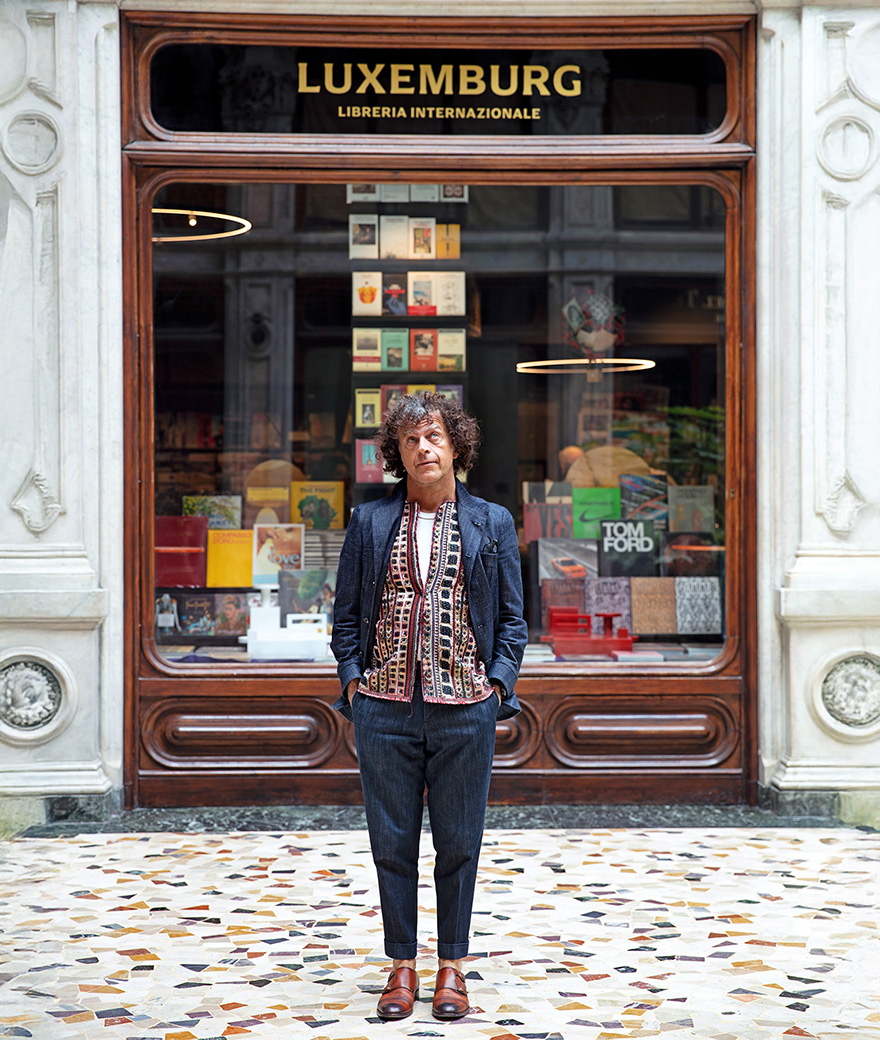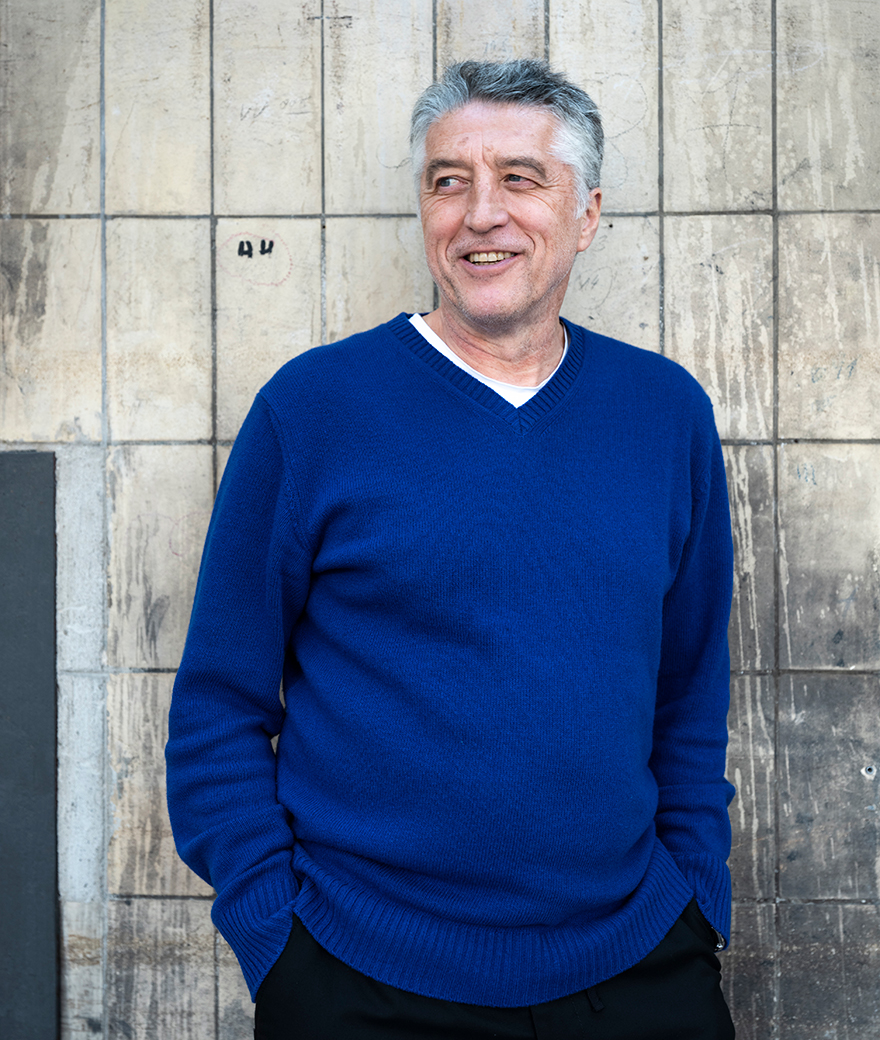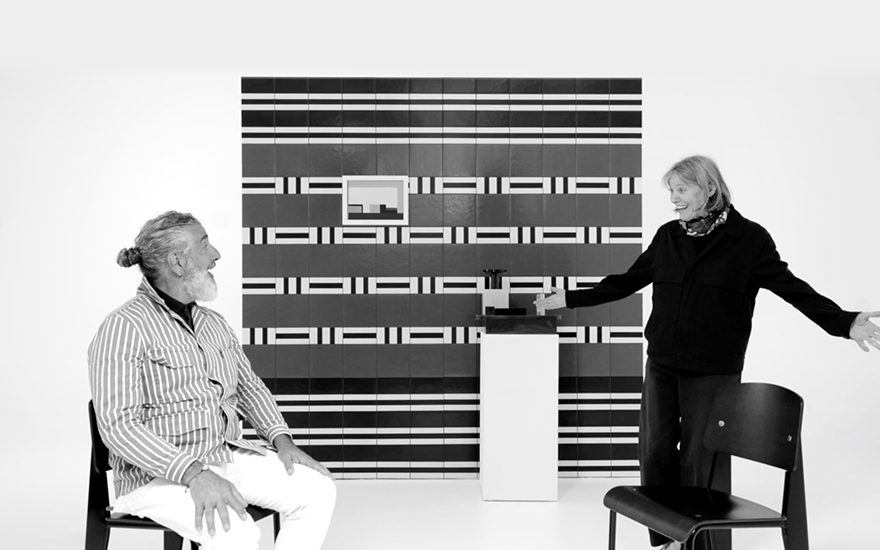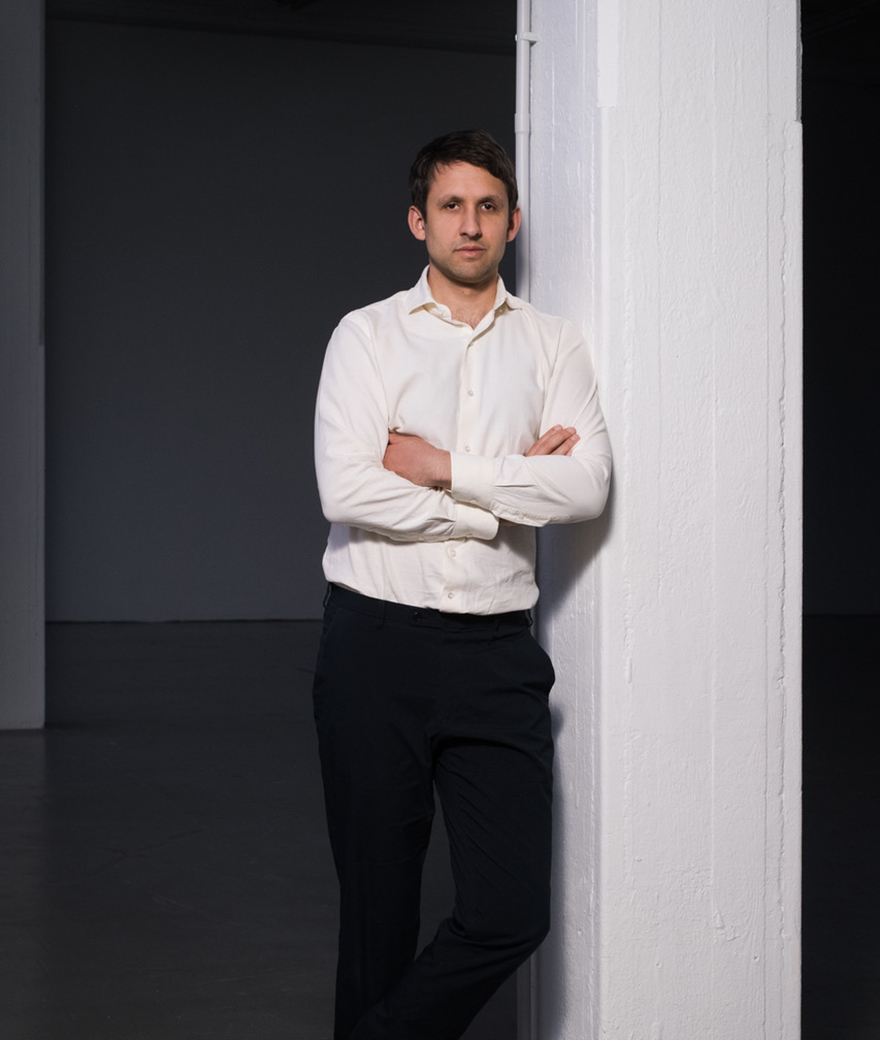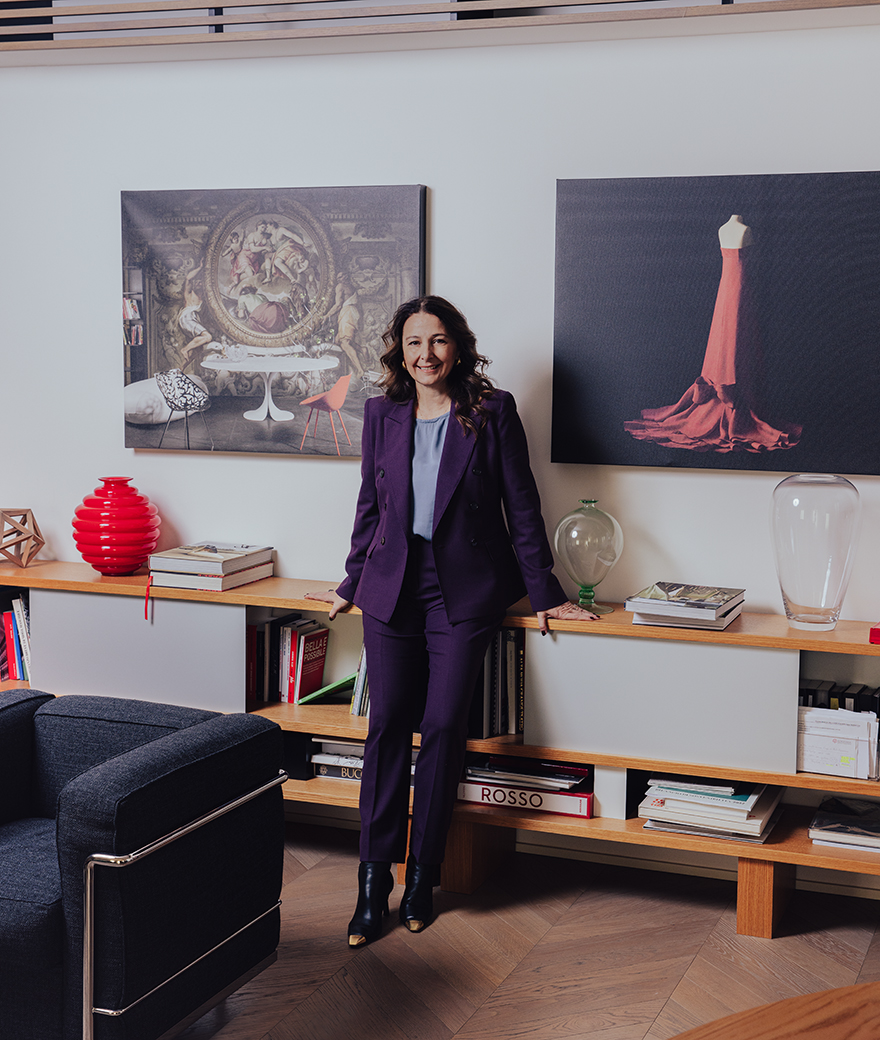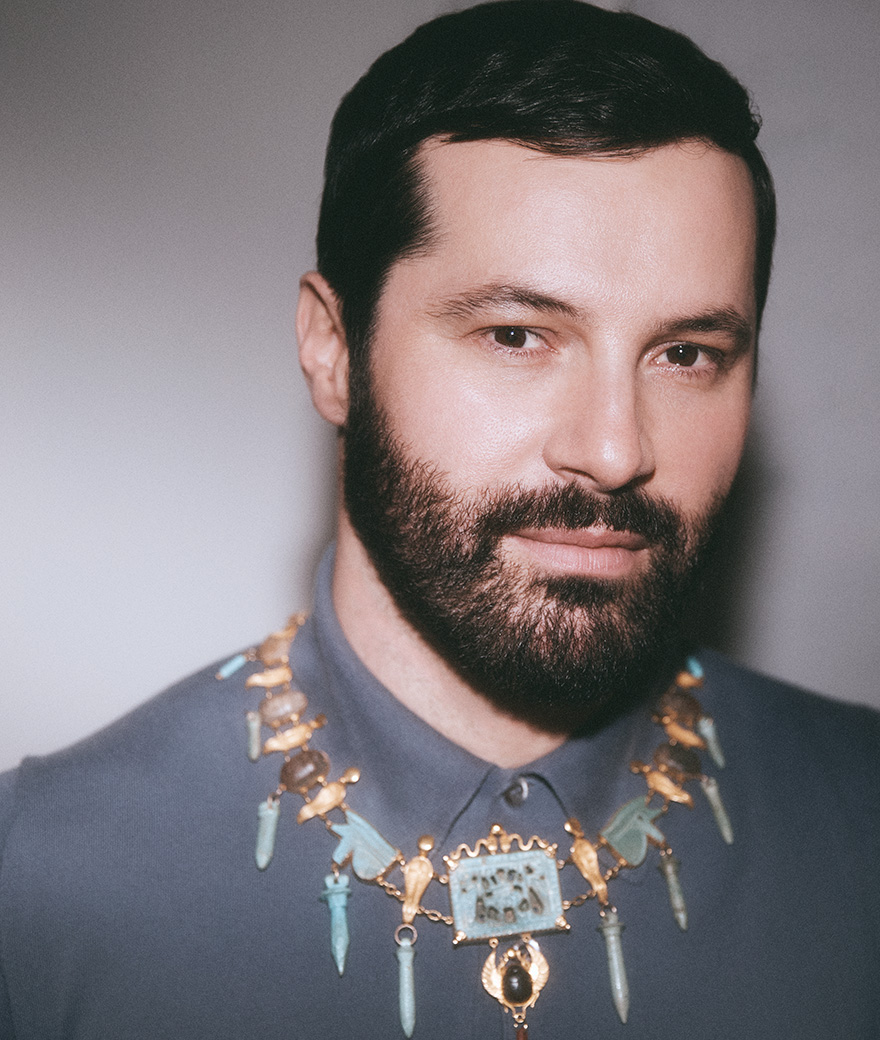A talk with Cecilia Alemani
Your University education started with the Philosophy studies in Milan and ended with an MA in curatorial studies in New York. What do you remember about those years? How did they influence your approach towards art?
I studied Philosophy specializing in aesthetics, and during those years I became passionate about contemporary art. I entered the artistic field through an academic approach: studying how art is able to train and craft the contemporary world-view allowed me to appreciate it not only as a creative discipline, but also as an instrument for relating with the world. In New York I specialized in curatorial studies, focusing on the practice, but my true passion was born many years before.
How would you define the role of the curator? What makes the difference?
I like to think that the curator is someone who facilitates the relation between artists and institutions. She must be creative, but also pragmatic and willing to work hard to realize ambitious projects. Being able to listen carefully, having a good eye and reading a lot surely makes the difference.
You have been curating the New York High Line Art program since 2011. How does the installations relate to the surroundings?
All the exhibited artworks are basically new and specifically designed for the High Line space: an amazing place, where an industrial past, a garden of native plants, and one of the most advanced architectural designs intertwine. Furthermore, yearly 8 millions of people come to visit it from all over the world. Our exhibitions last an entire year, because we want to create an intense dialogue between the artworks and the greenery, which change every few weeks. As such, walking along the High Line also brings many surprises to New York citizens: the sculptures can be completely wrapped by the vegetation, hidden by snow, or surrounded by hundreds of visitors. The artworks become a reason to visit the park multiple times and see how they change month by month.
I like to think that the curator is someone who facilitates the relation between artists and institutions. She must be creative, but also pragmatic and willing to work hard to realize ambitious projects.
Last year, you’ve been appointed director of the Italian Pavillion at the Venice Biennale. The result was acclaimed as an international success. Which was the starting concept? And how did you choose the artists?
I faced the hard and giant Pavillion space the same way I usually do for the High Line: I chose three artists, who weren’t afraid of the massive dimension of the structure, and asked them to create innovative artworks, related to the main characteristics of the space. The aim of the exhibition, entitled The Magic World, was to see how three contemporary artists’ work could be linked to a magic vision of the world.
On this occasion, you had the chance to work with Giorgio Andreotta Calò, winner of the first Mutina’s This Is Not a Prize. How did your collaboration develop?
I had already collaborated with Giorgio for the High Line, where he probably did the tiniest and almost invisible work we’ve ever shown. Of course, when it came to the Pavillion, he took the opposite direction! He already had familiarity with the space, because he worked for the Venice Biennale many years ago, and I think creating that specific installation was his own big dream. So, a strong idea at first, and a tortuous and long journey for its realization.
You collaborated with worldwide art institutions and experienced many different ways of perceiving and relating to art. Which differences have you noticed between the Italian approach and the international one?
I think that Italy is slowed down by the “competition” between contemporary art and the ancient artistic Italian tradition, which of course must be preserved and enhanced, but sometimes looking behind too much makes it hard to move forward.
Are you familiar with Mutina?
Of course!
Do you have a favourite Mutina collection? Why?
II like Pico, because it maintains a level of and handcraft that is hard to find in an industrial product such as tiles.
If you have to suggest an artist you collaborated with to create a Mutina collection, who would you choose? Why?
Max Hooper Schneider, because he could realize a ceramic with a tiny aquarium in it!
So, a strong idea at first, and a tortuous and long journey for its realization.

